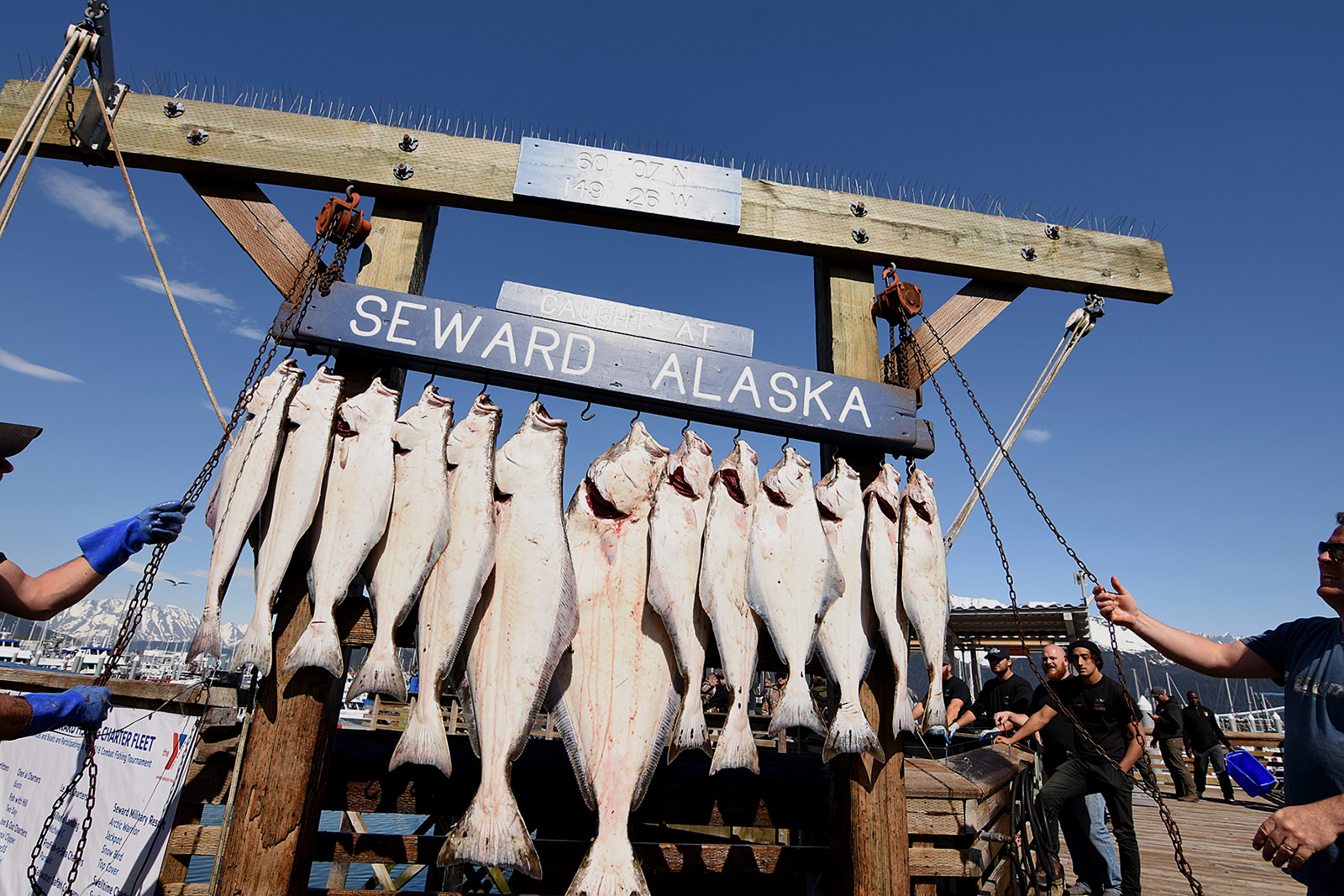Halibut may be bottom-dwellers, known also as the largest of all flatfish, but the halibut price per pound 2019 also experienced a dip in comparison with past years.
When looking to purchase Alaska halibut in 2019, the average statewide price was $5.30 per pound. The average price per pound dropped $0.05 from the average price of $5.35 in 2018.
Who Determines the Halibut Price Per Pound 2019
When it comes time to determining the price of halibut in a given year, the Halibut Collective Agreement establishes rates. The cost of halibut is determined over the course of four weeks. Halibut prices are generated based on the actual market returns of processors and buyers over the course of those four weeks..
The multi-step process begins when the initial price is set for the flatfish at the start of Week 2. The price is liable to increase by Week 4, at which point the final price is determined. This 4-week process is repeated throughout the halibut season, which lasts from about mid-March through mid-November. This explains why halibut pricing is likely to change throughout the season.
What Affects Halibut Pricing?
As the March 2020 season began, the halibut price per pound 2019 appeared much steadier in comparison. The early Homer, AK price reports marked halibut at $4.20 to $4.40 per pound, a decline from the previous year’s average price by about $1. Other price reports included Kodiak, which priced 10- to 20-pounders at $3.25; as well as Yakutat – ranging from $3.75 to $4 – and Wrangell at a consistent $3.50.
However, the highest prices at Southeast ports – ranging from $4.50 to $5 – were expected in March to eventually drop by $1 to $2 per pound. The prices are marked higher at the ports due to the regular air freight service that occurs there.
Competition from Canada has been a significant influence on changes to halibut prices over the last several years. The lower halibut price per pound 2019 is no exception, with recent years showing a surplus of the fish. Additionally, many of the East Coast buyers purchased more Atlantic halibut from up north.
The result was that the competition drove down dock prices in 2018 and many West Coast processors did not sell all of their products. However, the rise in demand of the fresh fish in 2019 led to the possibility that processors would avoid a decline in prices by refraining from freezing their products and waiting for higher prices like in previous years.
Did Climate Change Influence the Halibut Price Per Pound 2019?
Fisheries around the world have started feeling the effects of warming ocean waters during the last century. It was further confirmed in 2019 that if greenhouse gas emissions continued at their current rate, the ability to improve the maximum sustainable catch would worsen.
It was largely agreed upon that if global warming was limited to the standards of the Paris climate agreement – of no more than 1.5 degrees Celsius – it would protect and secure the millions of tons of future catches. These catches, in turn, are valued at billions of dollars.
If climate change continues on its current path, however, buyers should expect to see halibut prices rise steadily over the next several years. To keep an eye on these costs, check out our main halibut price page, which includes comparison grids for smart, budget-minded, and sustainable halibut buying.
Take note of our Affiliate Relationships that may exist with this page and companies listed on it.


